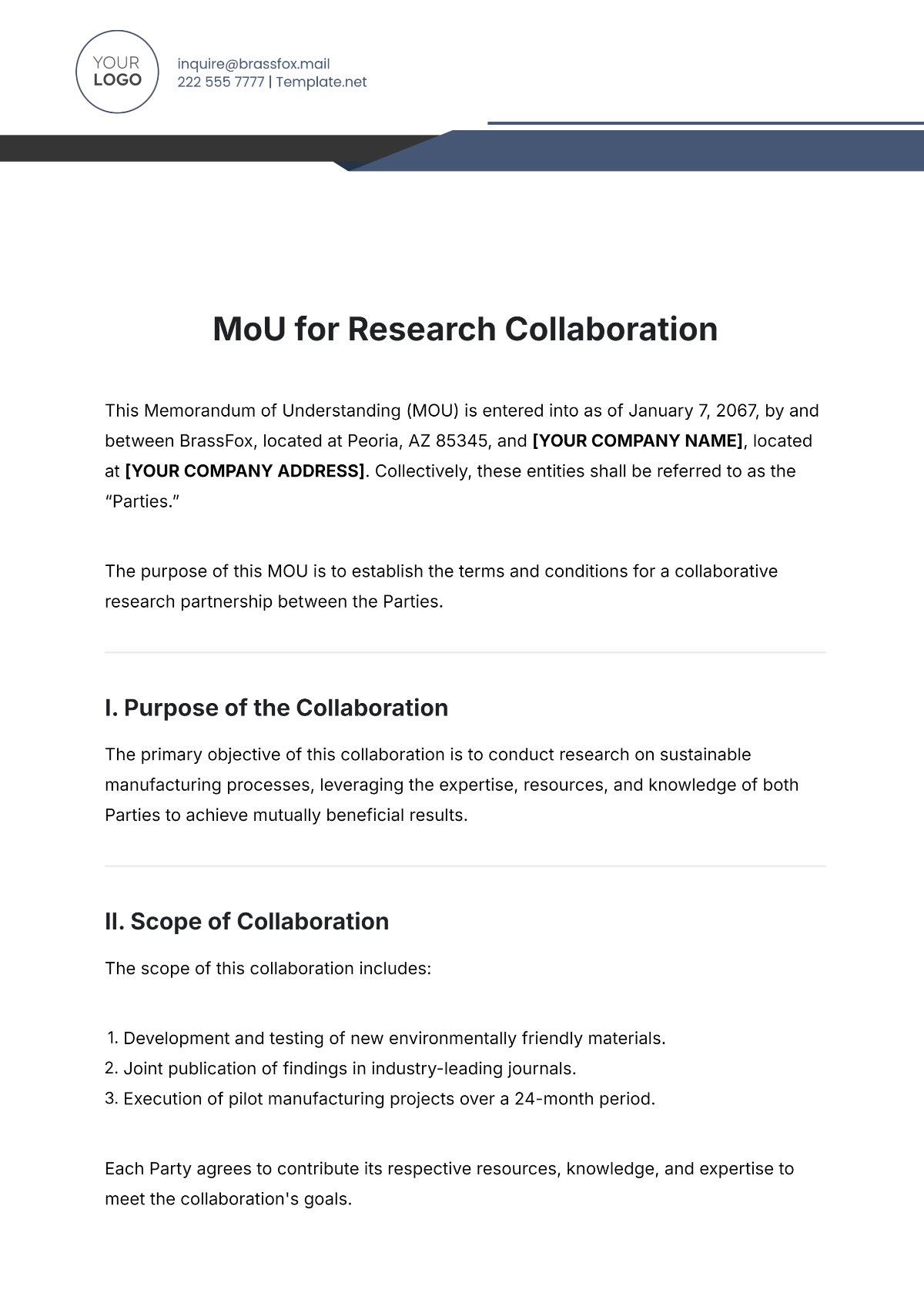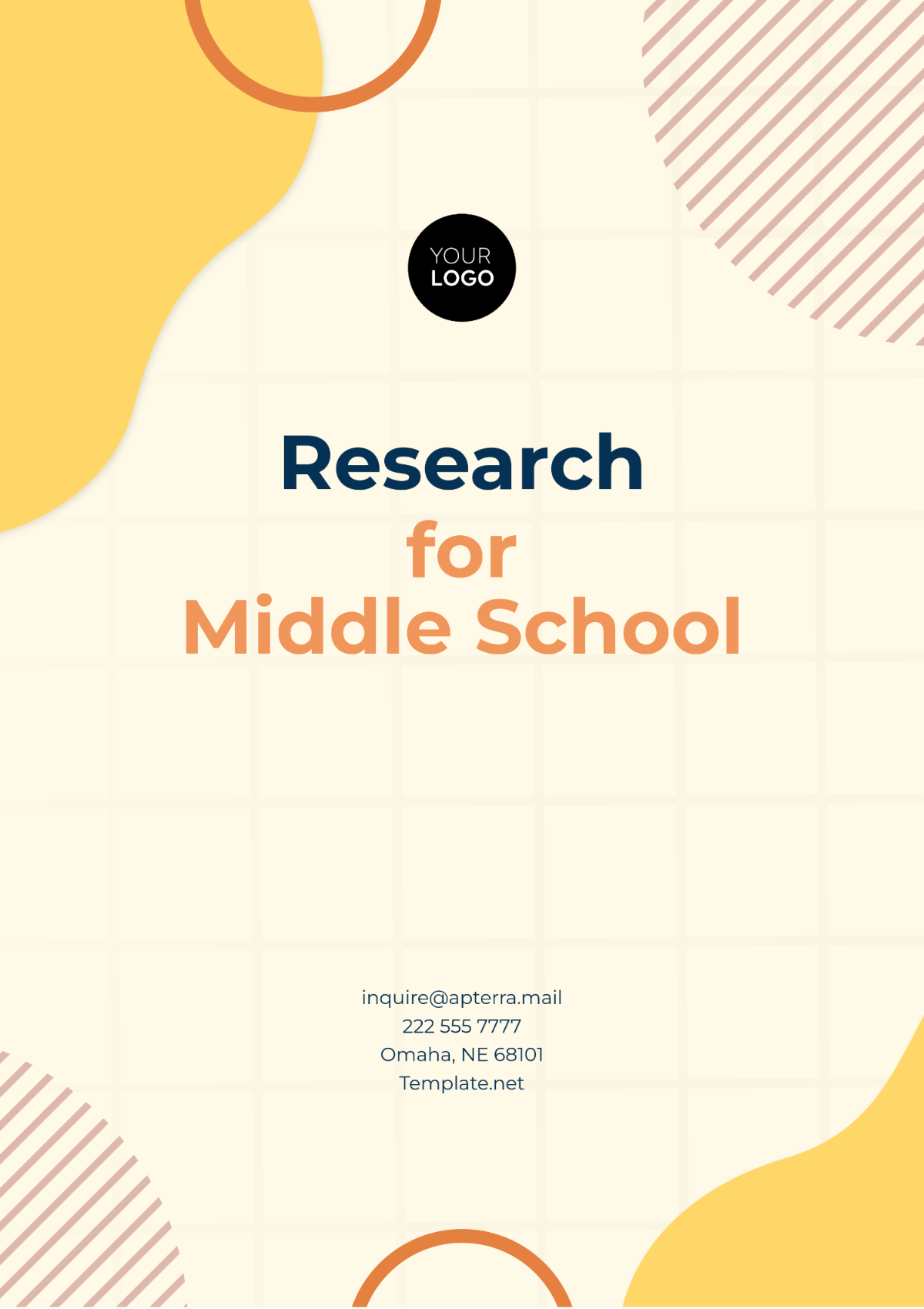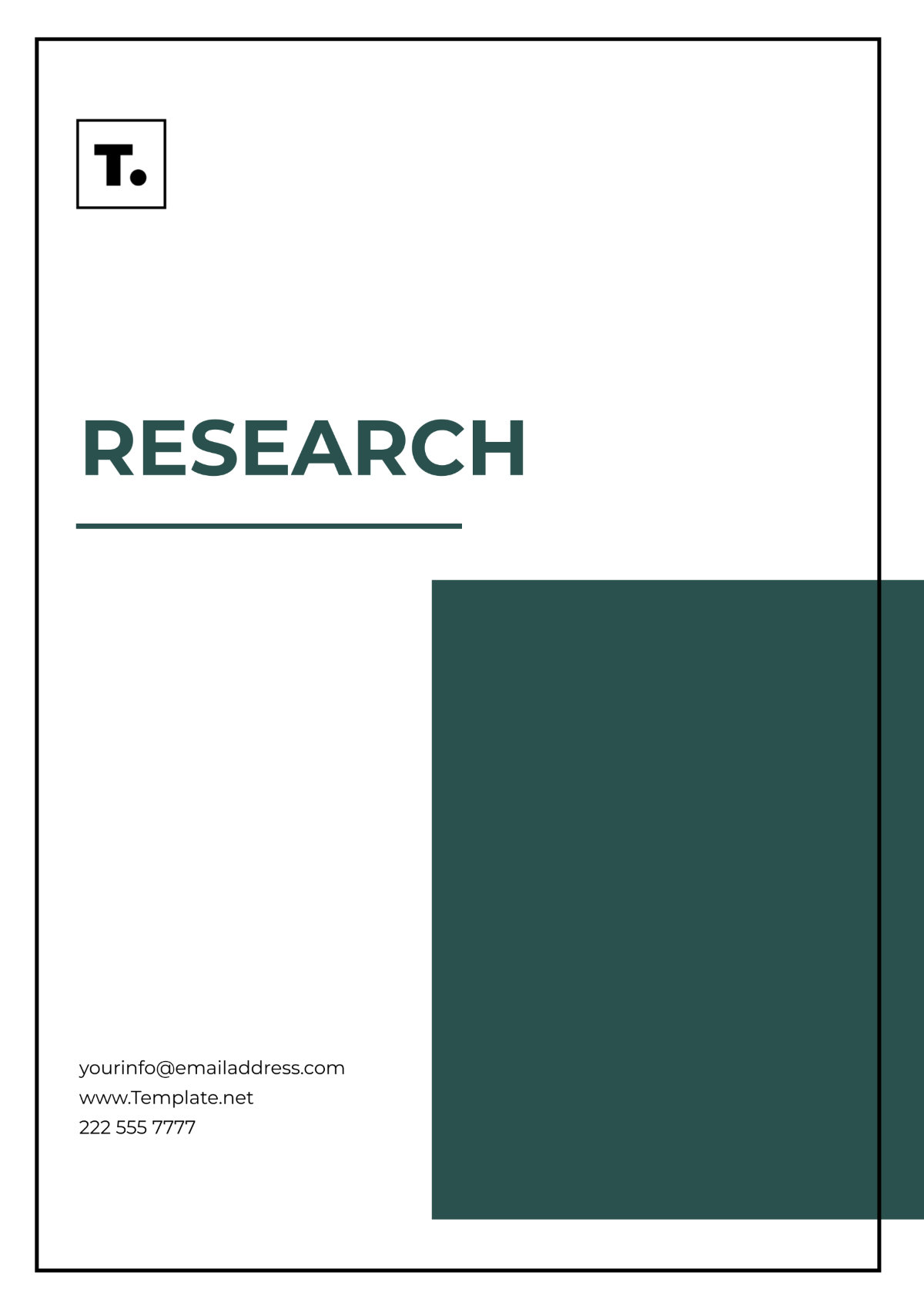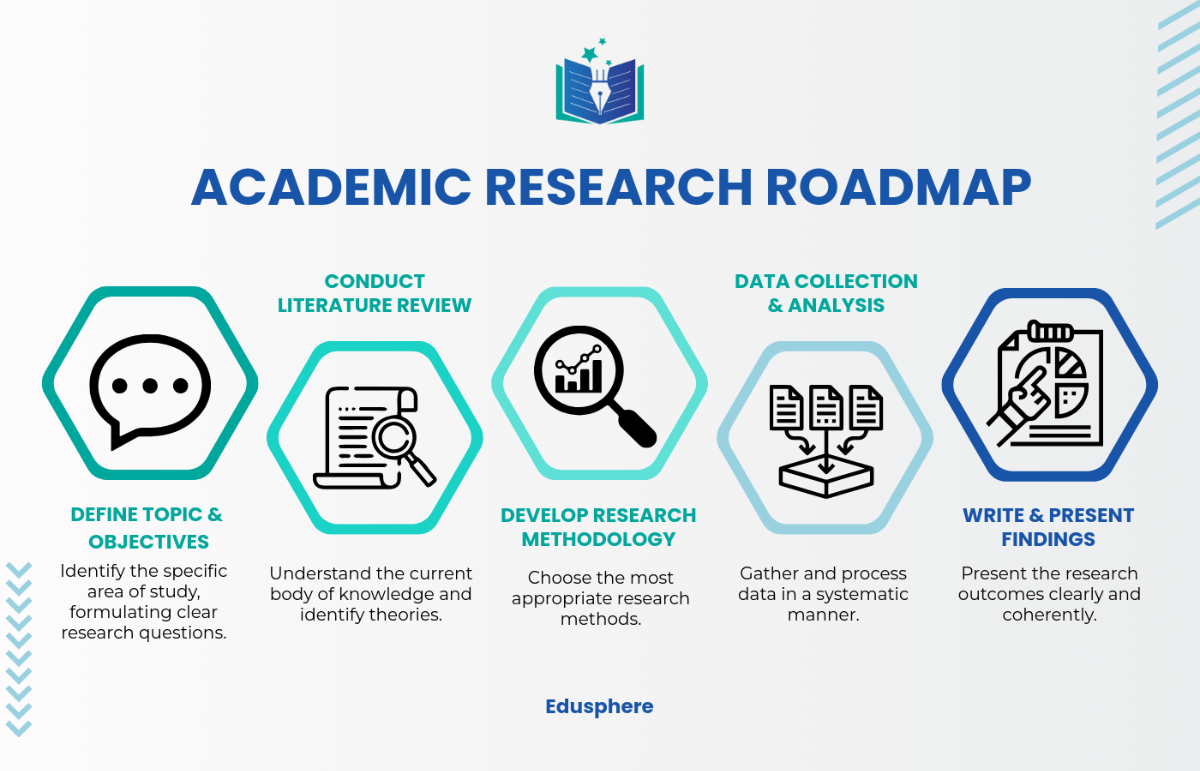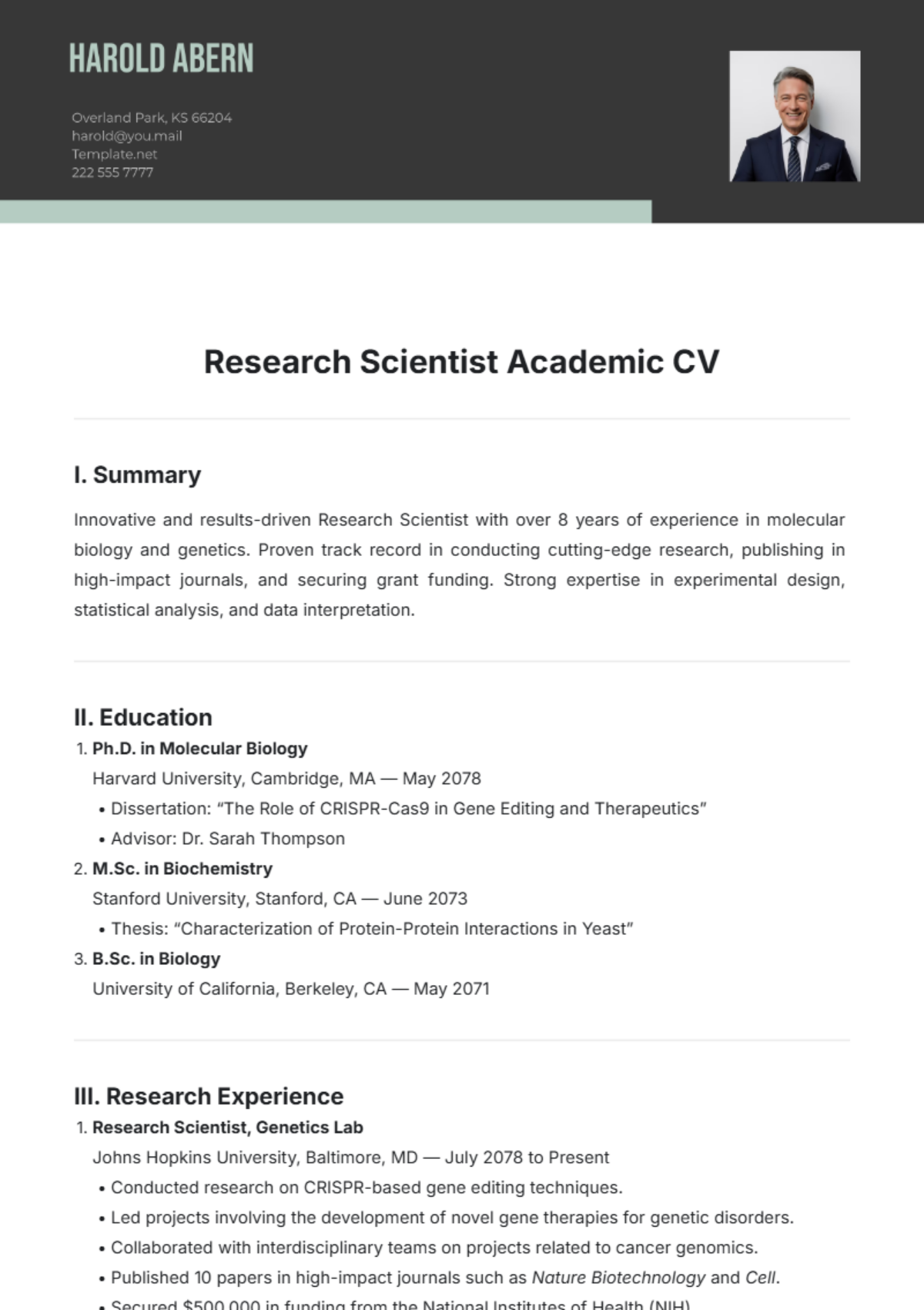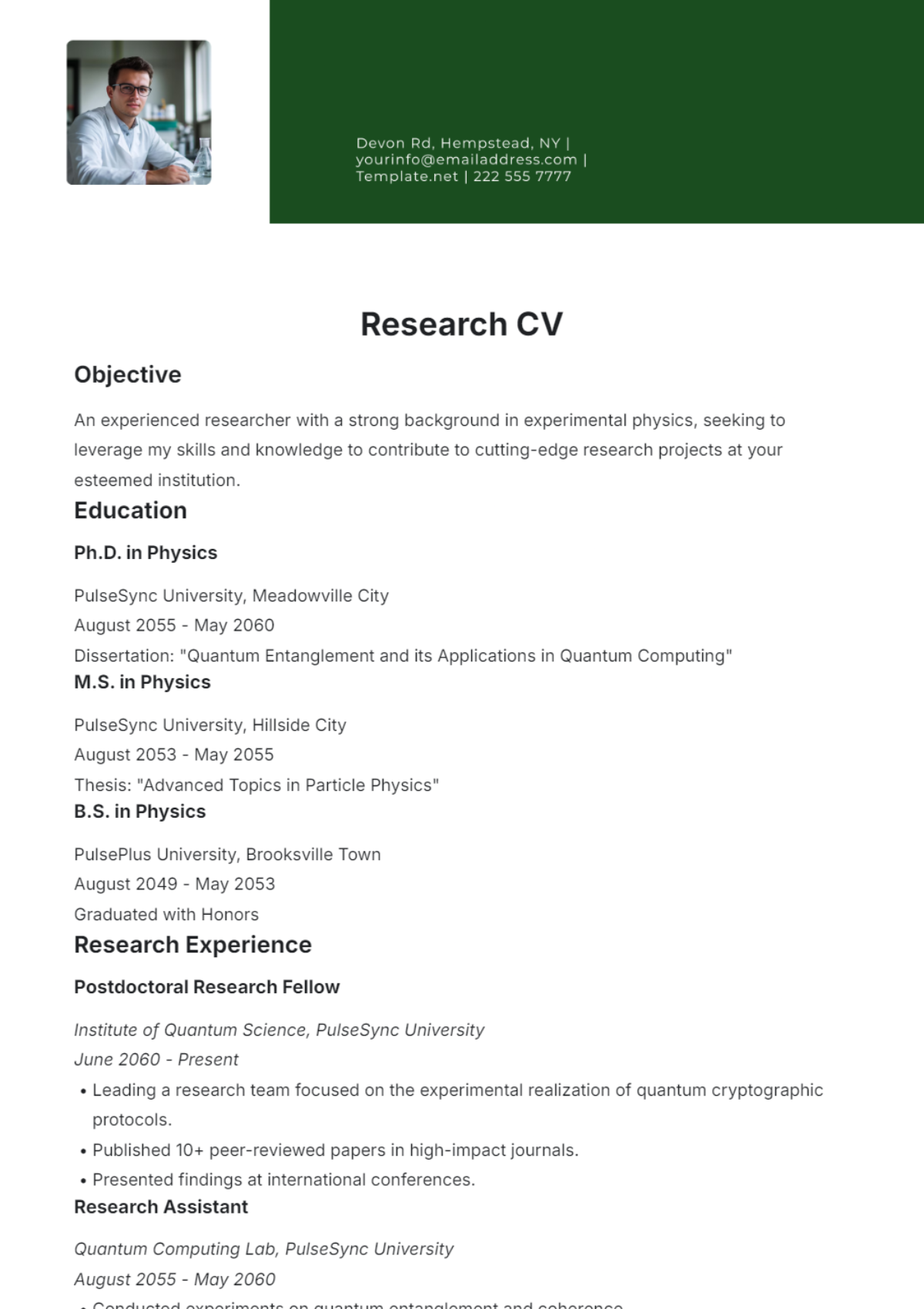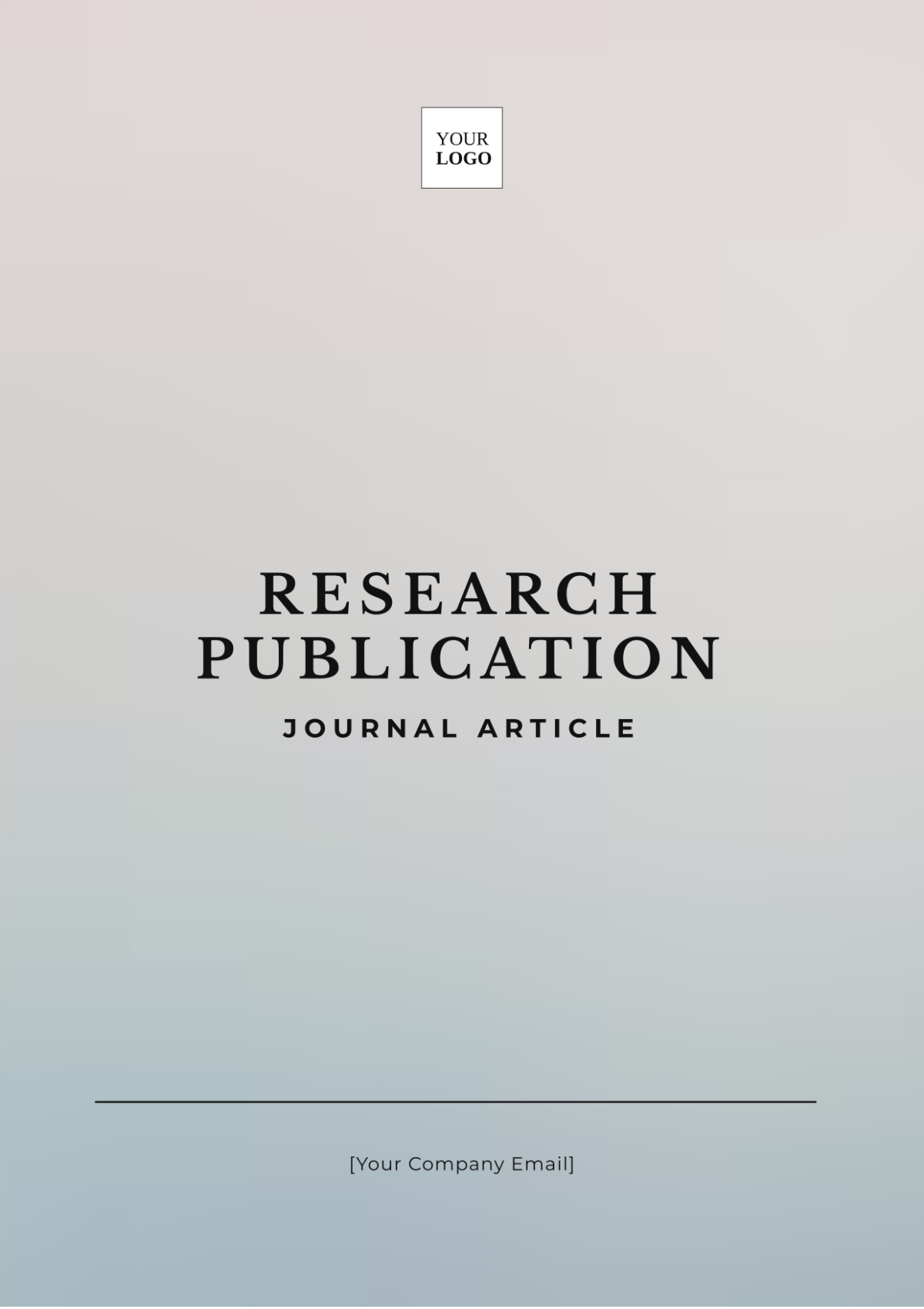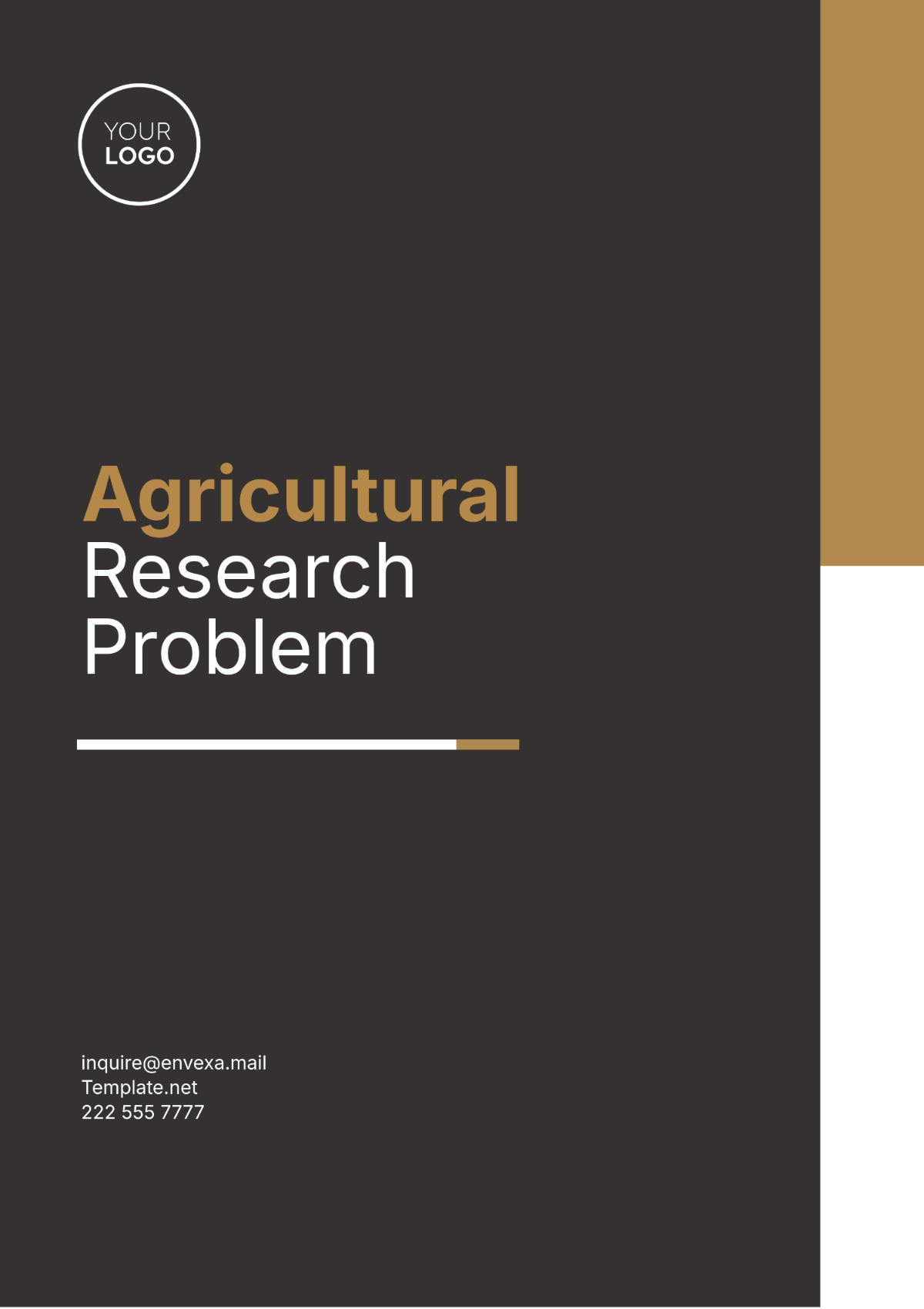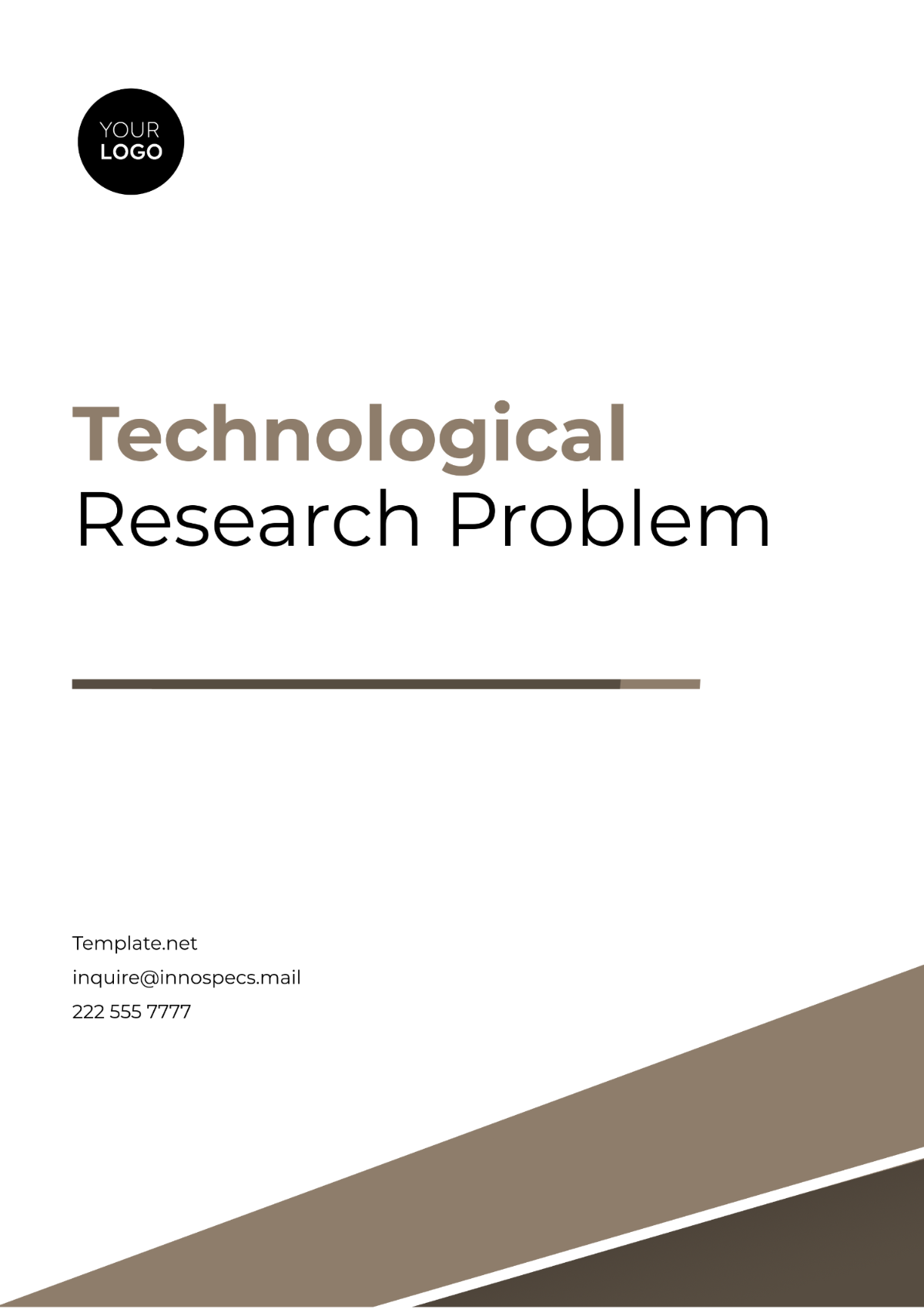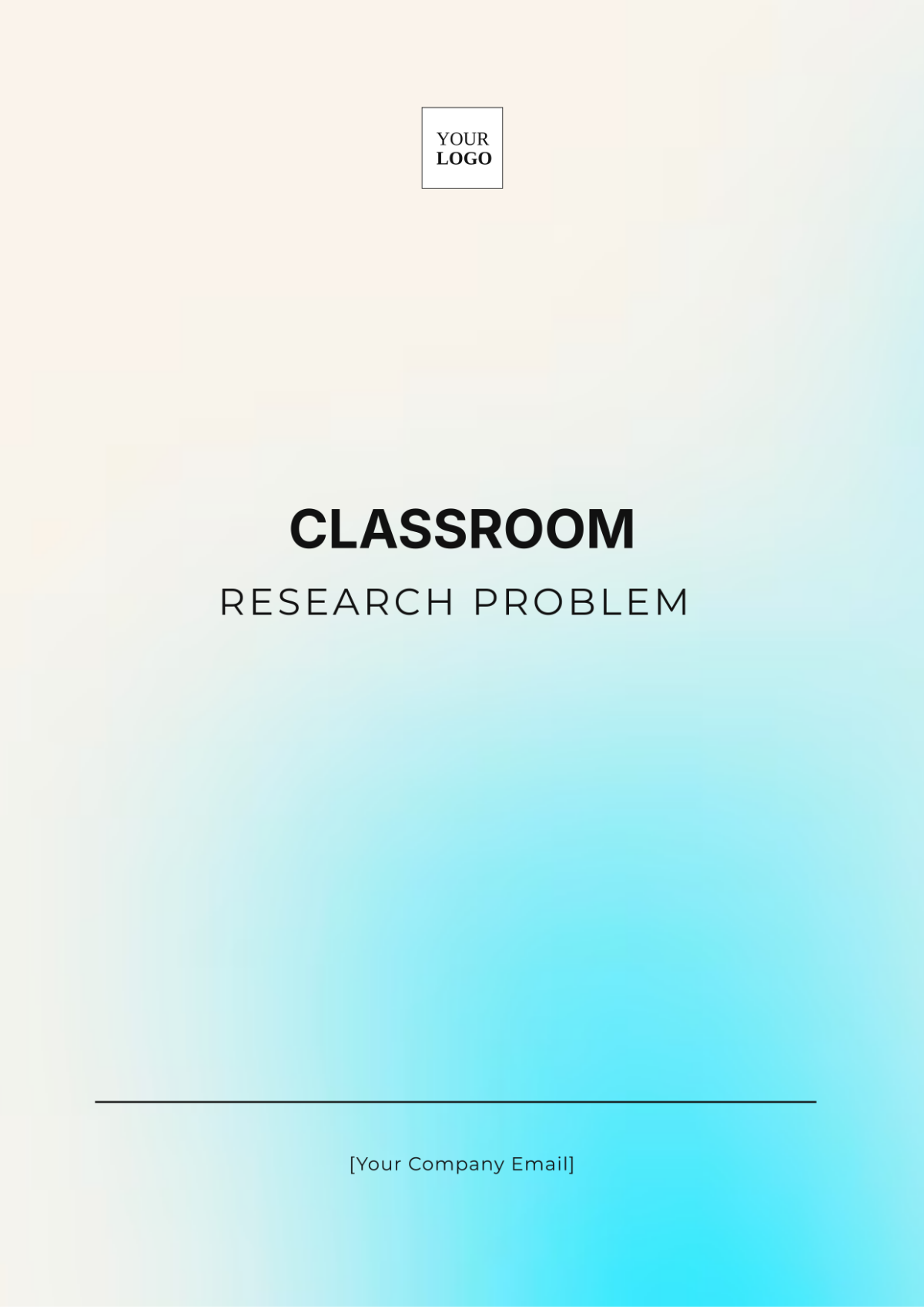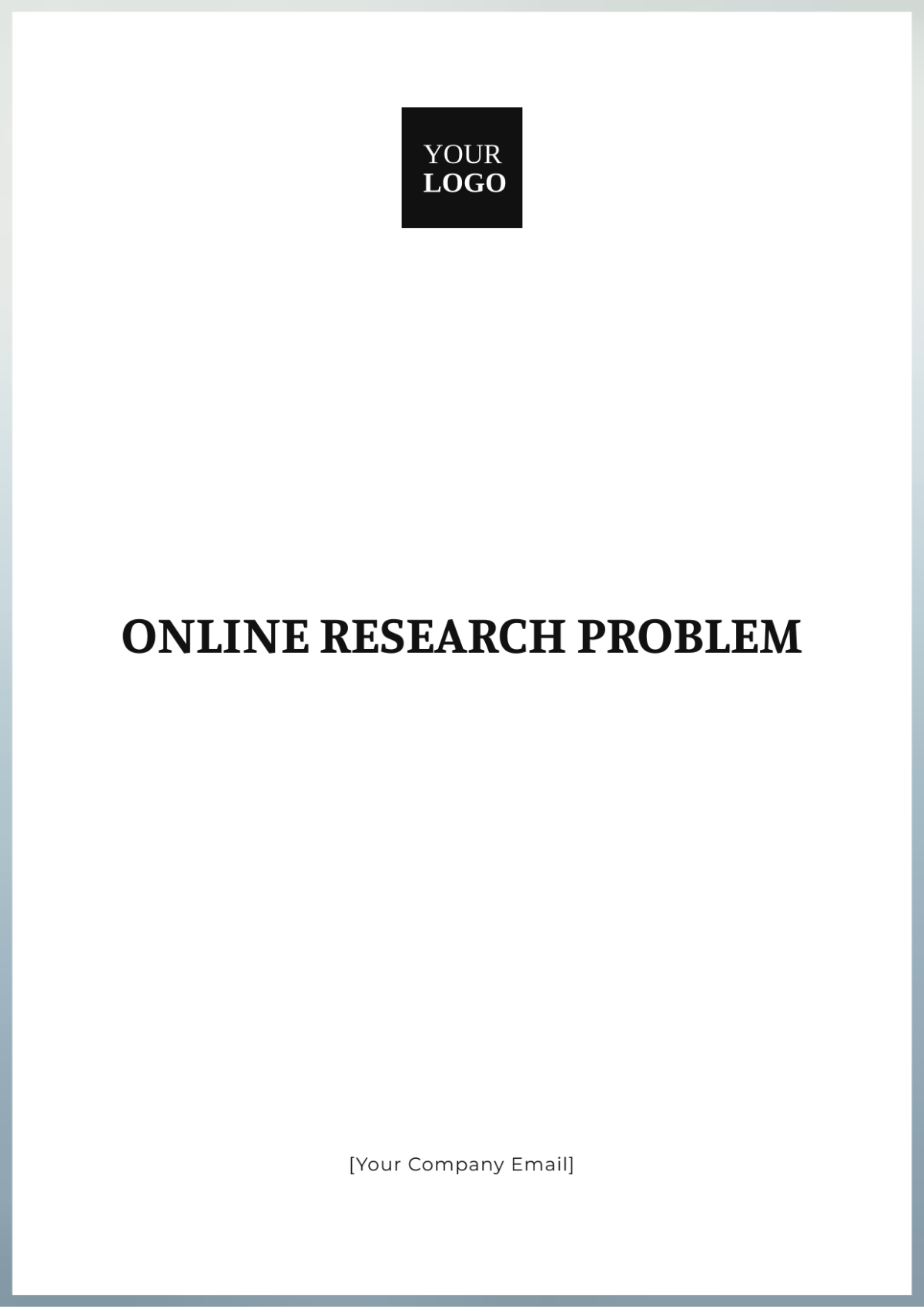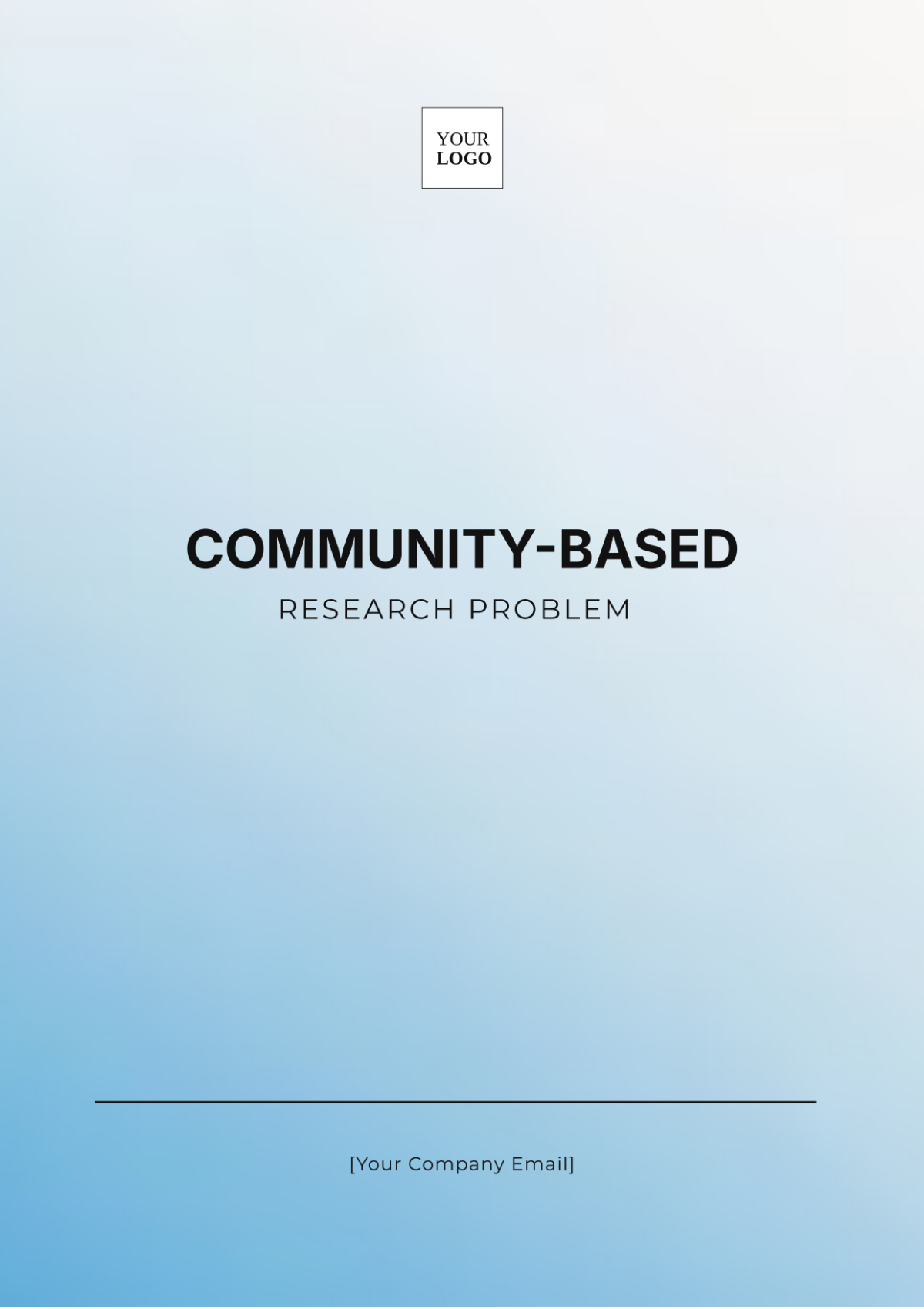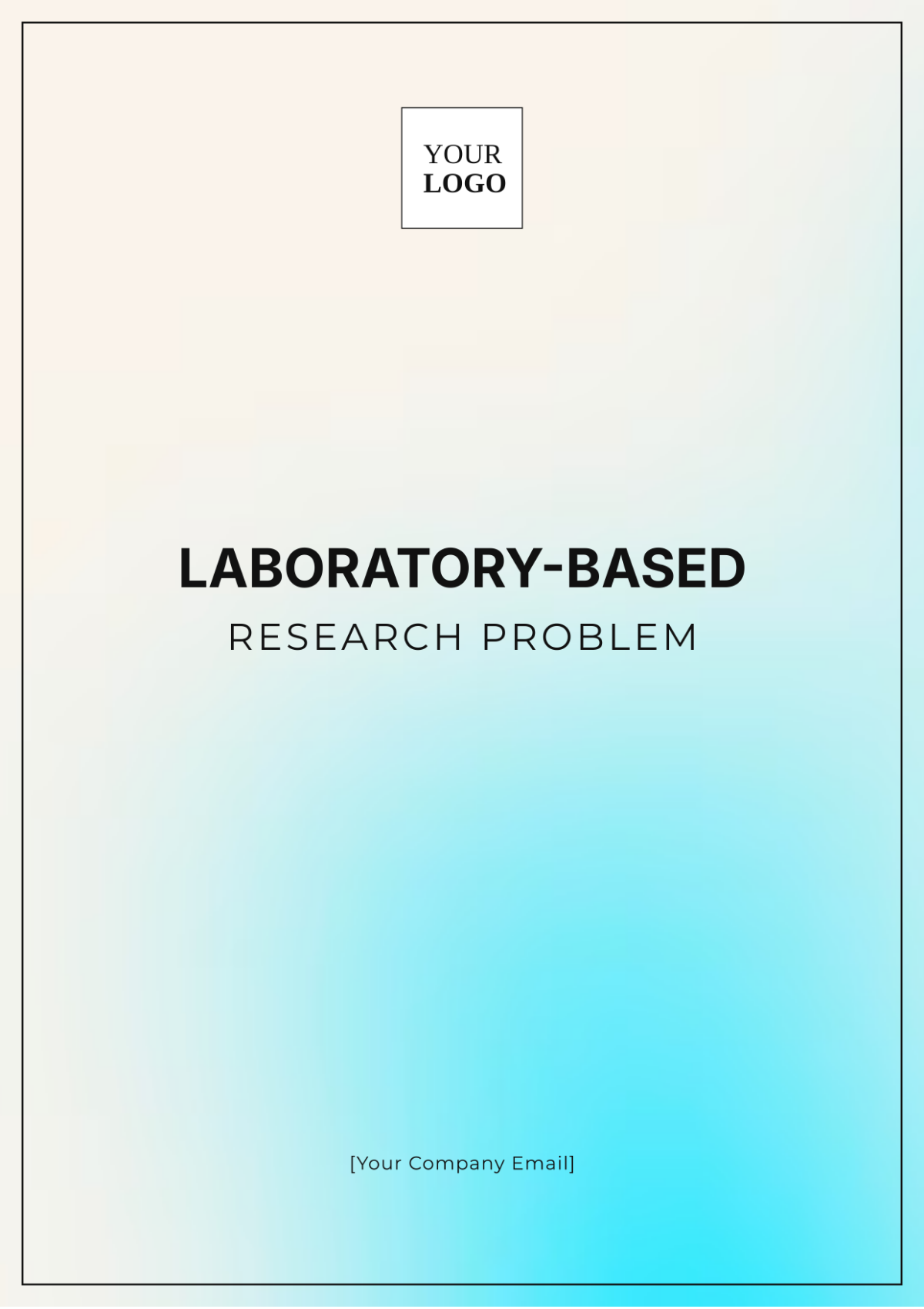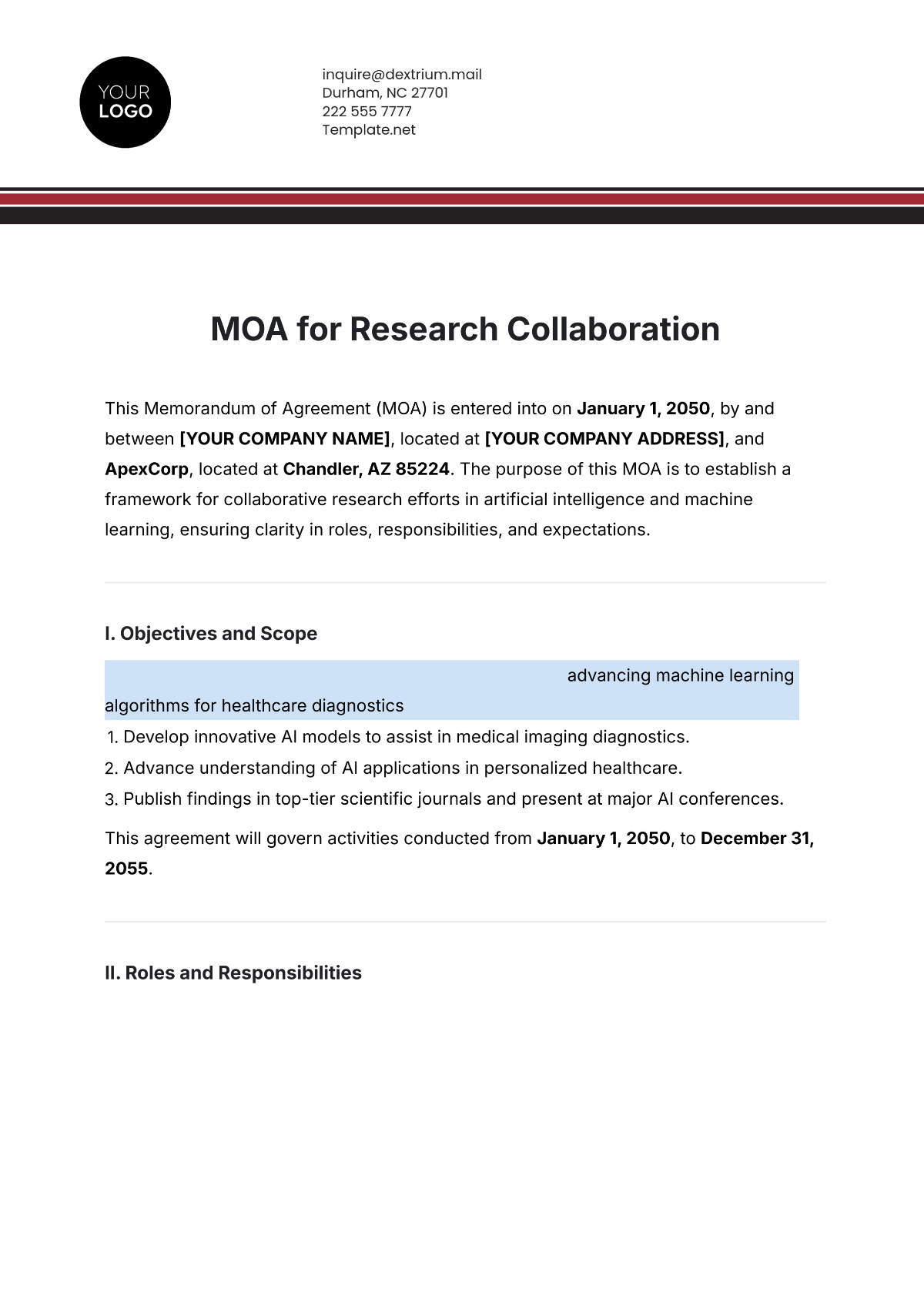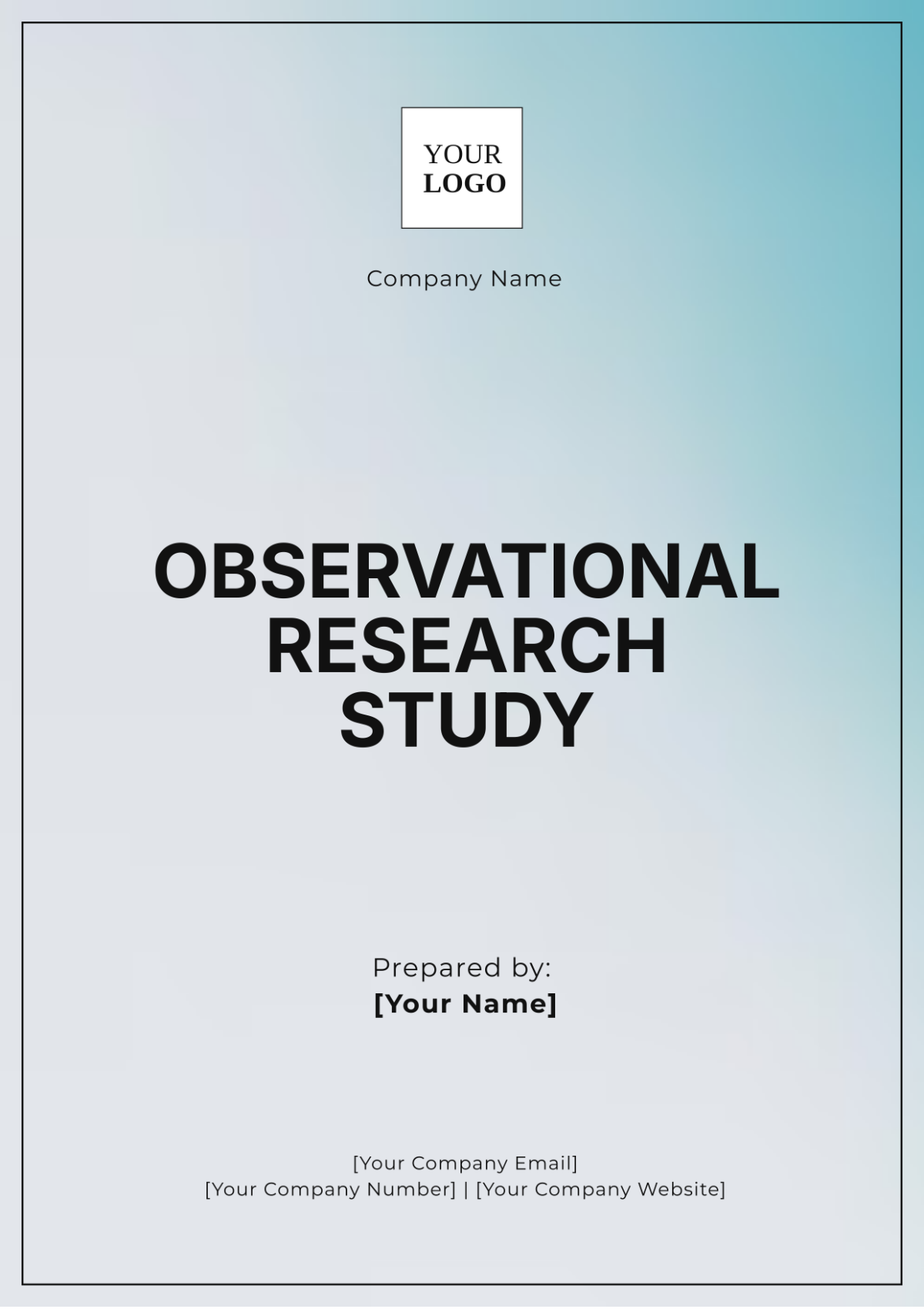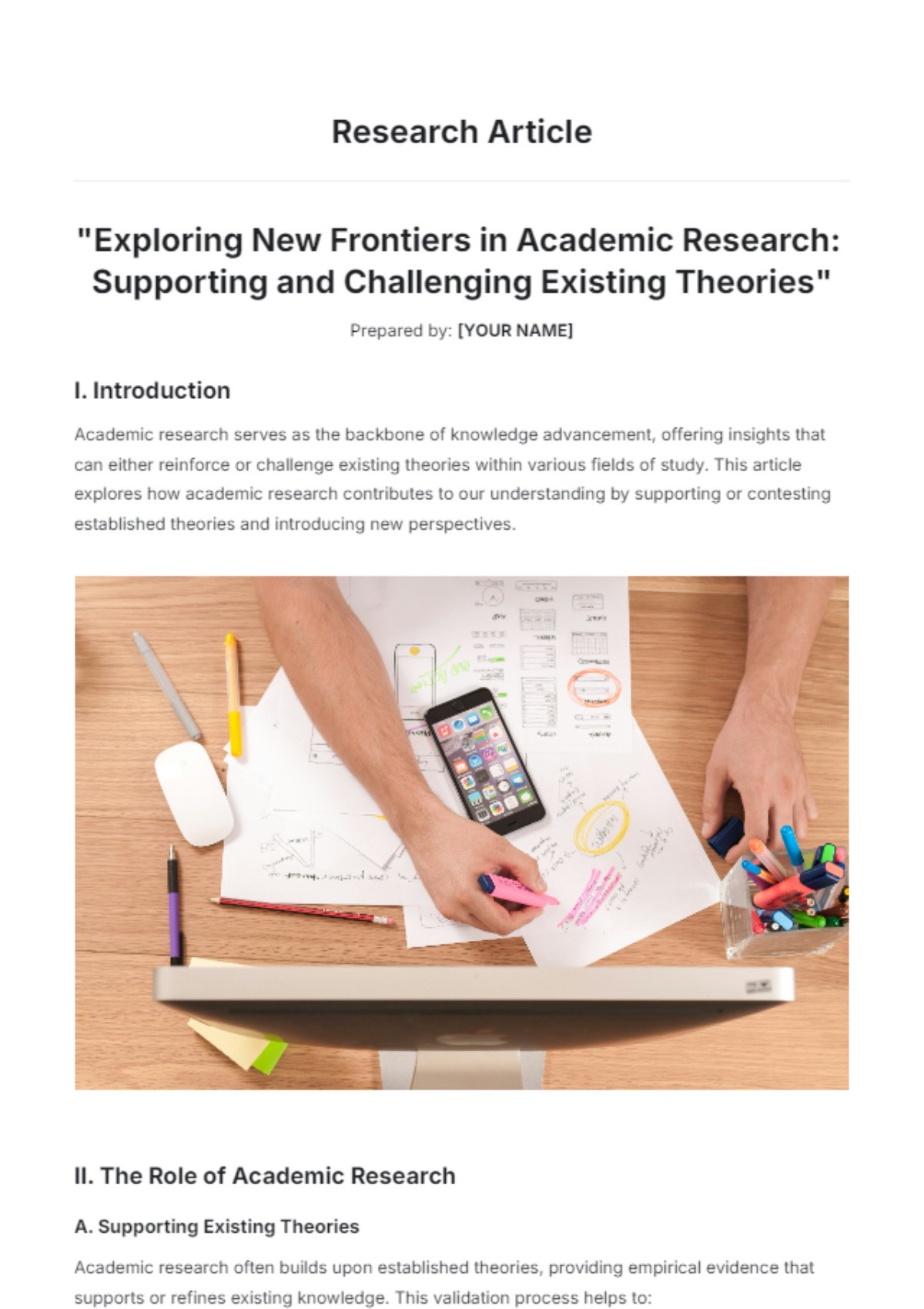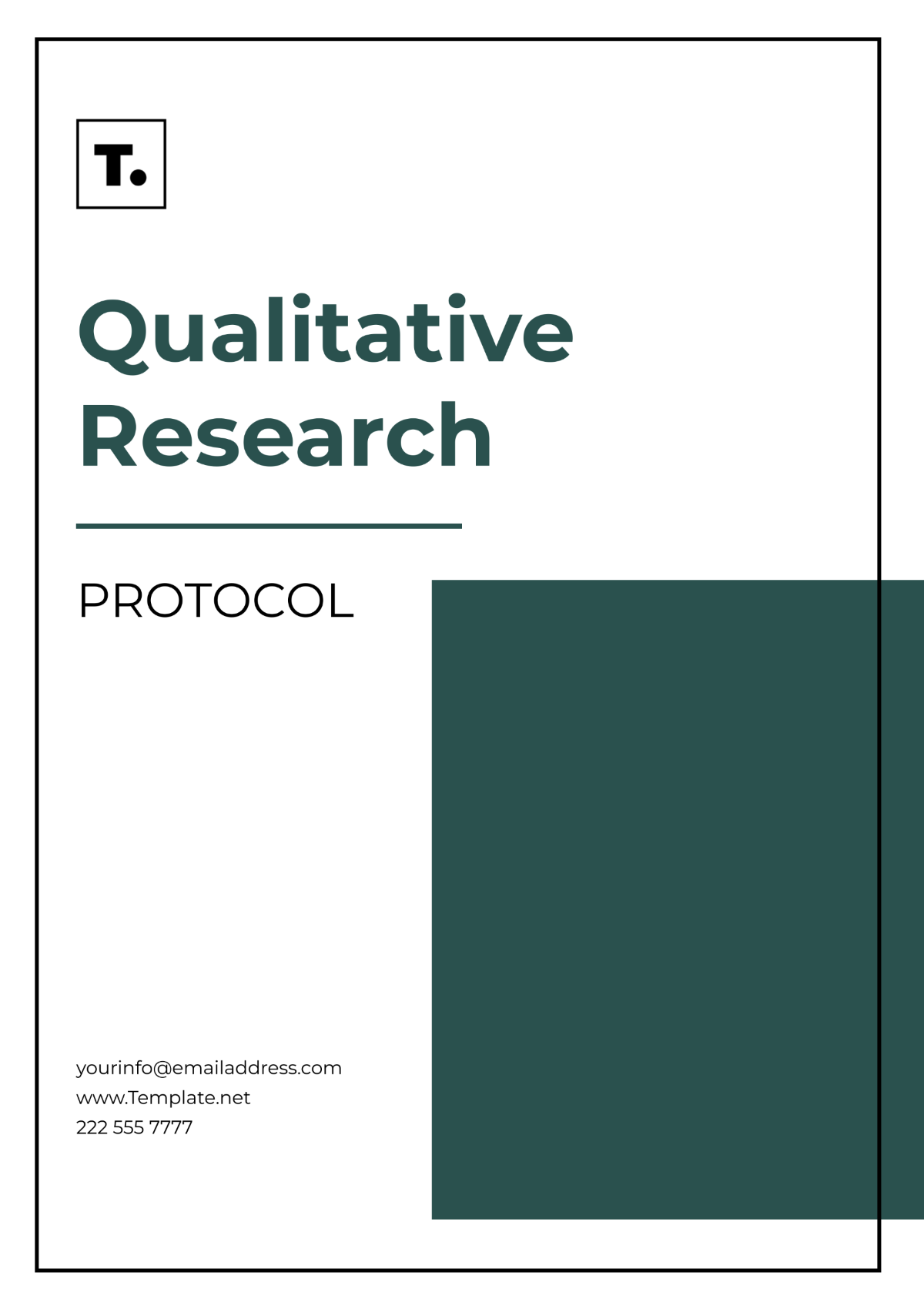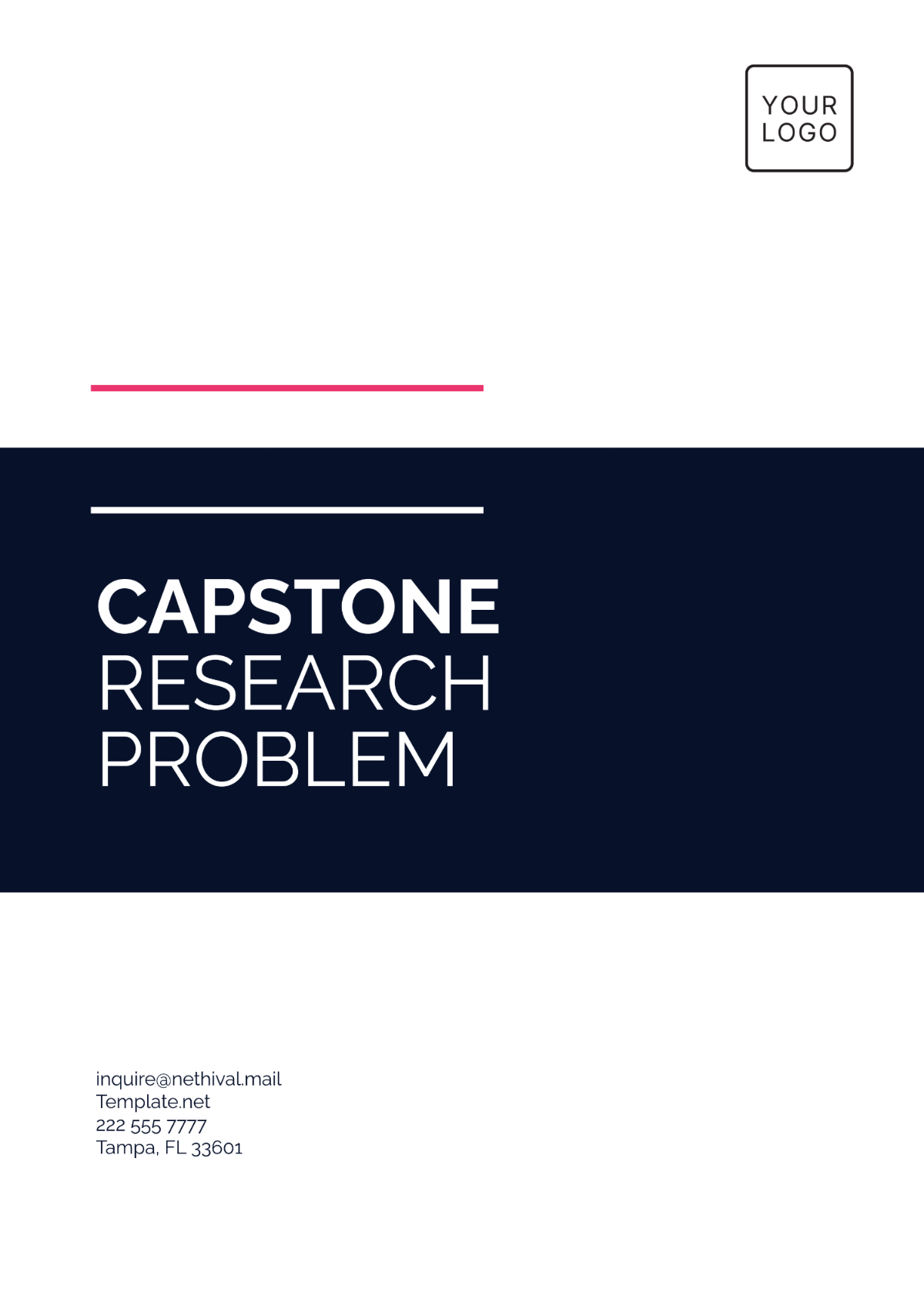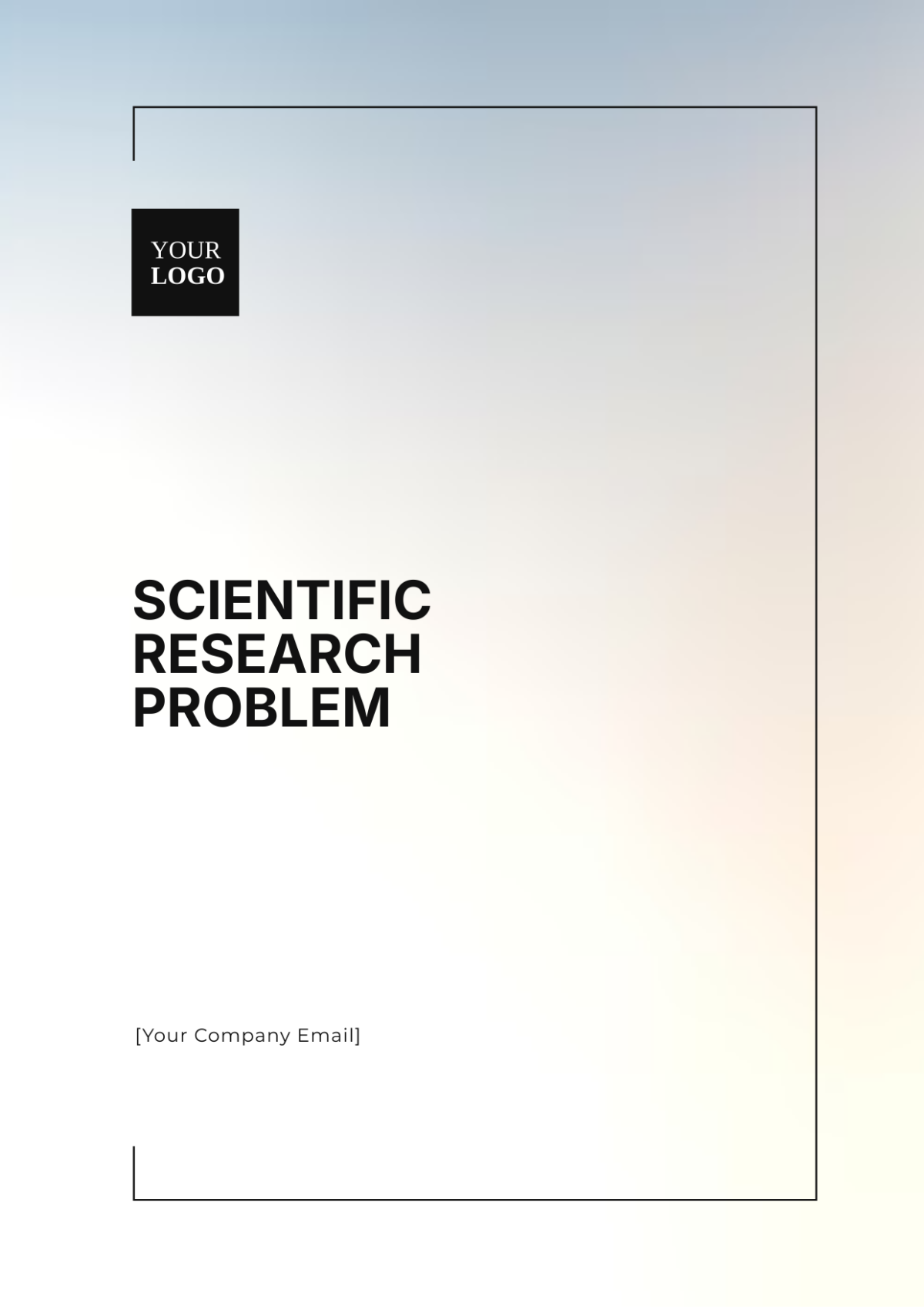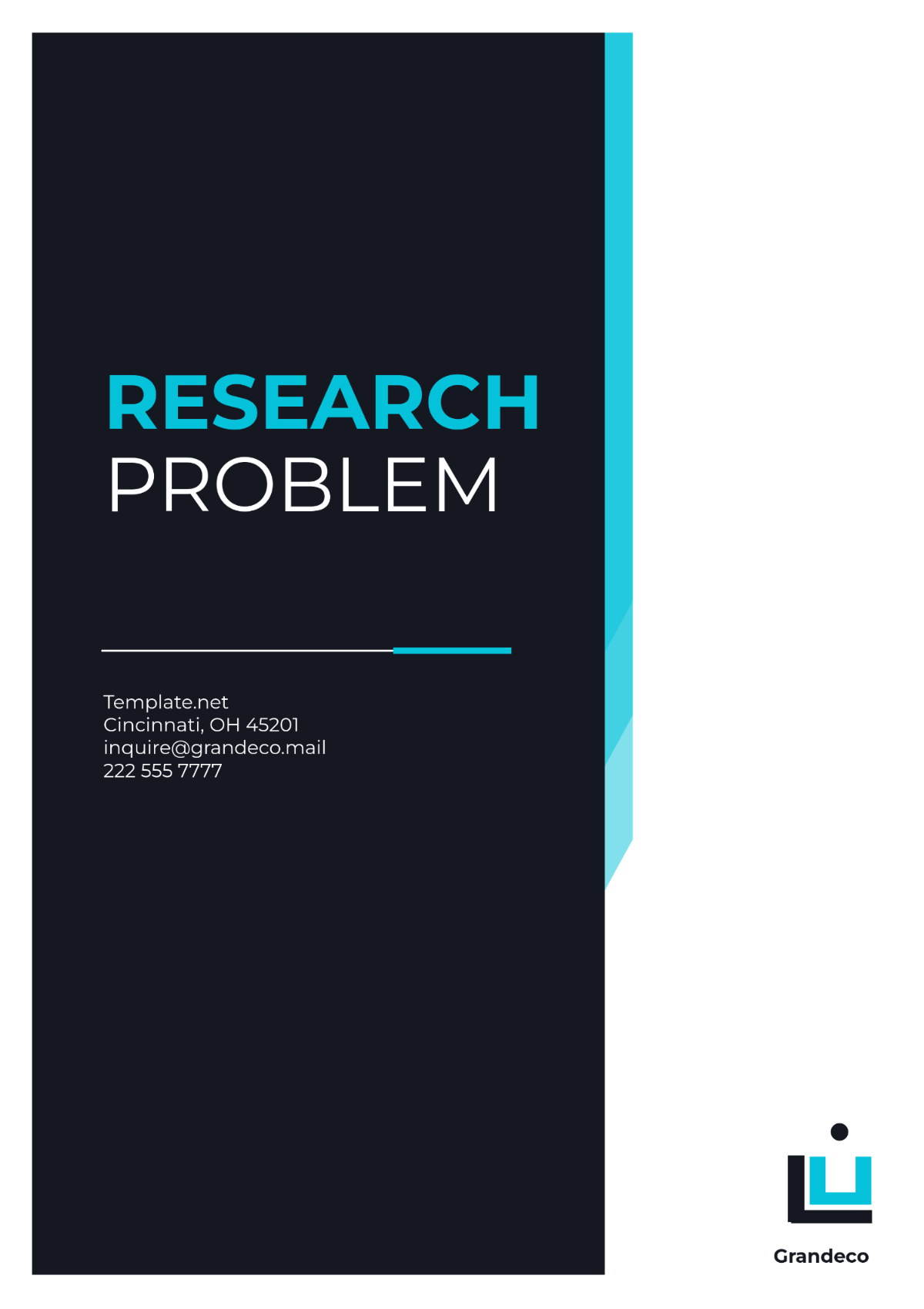Effect Measurement Research Design
Prepared by: [YOUR NAME]
Date: [DATE]
Effect Measurement Research Design is a structured plan used to evaluate the impact or effectiveness of an intervention, treatment, or variable within a study. It outlines how data will be collected and analyzed to assess the cause-and-effect relationships between variables, ensuring that the results are valid and reliable.
I. Introduction
The purpose of effect measurement research design is to provide a detailed framework that researchers can follow to evaluate the effectiveness of interventions or treatments. This method ensures that studies are conducted systematically, leading to more accurate and reliable results.
II. Key Components of Effect Measurement Research Design
Definition of Variables
Selection of Participants
Intervention/ Treatment Implementation
Data Collection Methods
Data Analysis Techniques
Validity and Reliability
III. Types of Effect Measurement Research Designs
Several types of research designs can be employed, depending on the nature of the study:
Experimental Design
Quasi-Experimental Design
Pre-Test/Post-Test Design
Longitudinal Design
Cross-Sectional Design
IV. Data Collection Methods and Data Analysis Techniques
A. Data Collection
Data collection methods need to be carefully chosen to ensure the reliability and validity of the study:
Surveys and Questionnaires
Interviews
Observations
Focus Groups
Existing Data Analysis
B. Data Analysis Techniques
Various data analysis techniques can be used to interpret the collected data:
Descriptive Statistics
Inferential Statistics
Regression Analysis
ANOVA (Analysis of Variance)
Structural Equation Modeling
V. Ensuring Validity and Reliability
Ensuring the validity and reliability of the study is crucial for producing credible results:
Internal Validity
External Validity
Construct Validity
Split-Half Reliability
Test-Retest Reliability
VI. Applications and Examples
Effect Measurement Research Design has a broad range of applications in various fields:
Healthcare (Clinical Trials)
Education (Program Evaluation)
Social Sciences (Behavioral Studies)
Business (Market Research)
Environmental Studies (Impact Assessments)
VII. Conclusion
Effect Measurement Research Design plays a vital role in evaluating the effectiveness of interventions, treatments, and variables. By following a structured approach, researchers can ensure that their findings are both valid and reliable. This design is essential for producing high-quality research that can be used to inform policy, practice, and further studies.
VIII. References
Campbell, D. T., & Stanley, J. C. (2050). Experimental and Quasi-Experimental Designs for Research. Houghton Mifflin.
Creswell, J. W. (2050). Research Design: Qualitative, Quantitative, and Mixed Methods Approaches. SAGE Publications.
Shadish, W. R., Cook, T. D., & Campbell, D. T. (2051). Experimental and Quasi-Experimental Designs for Generalized Causal Inference. Houghton Mifflin.
Yin, R. K. (2052). Case Study Research and Applications: Design and Methods. SAGE Publications.
